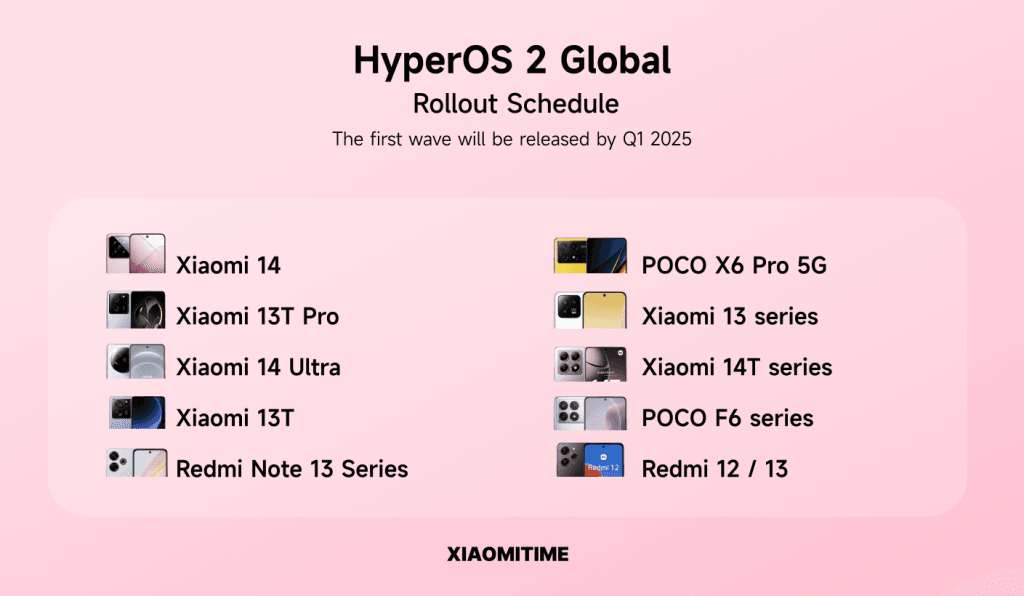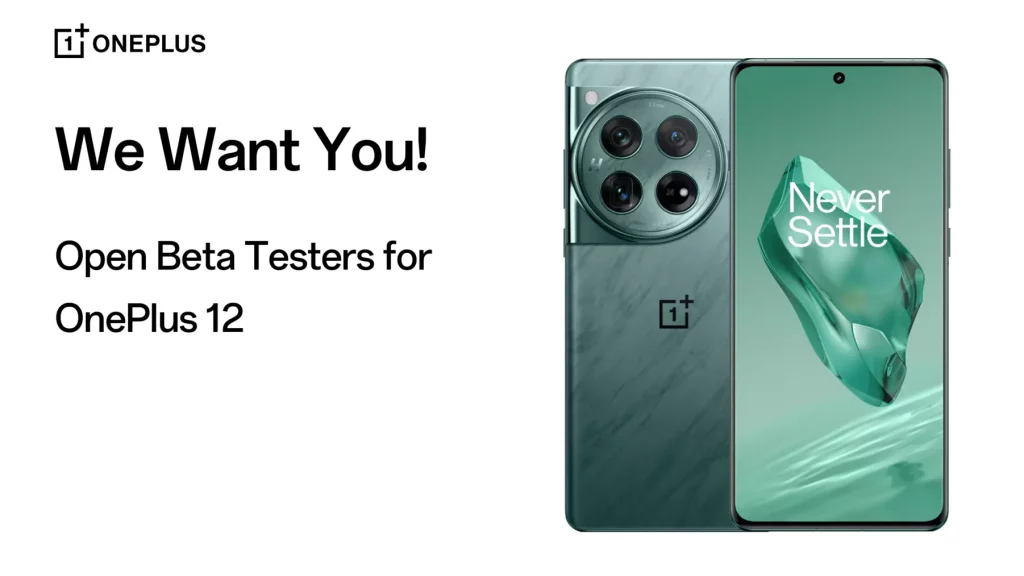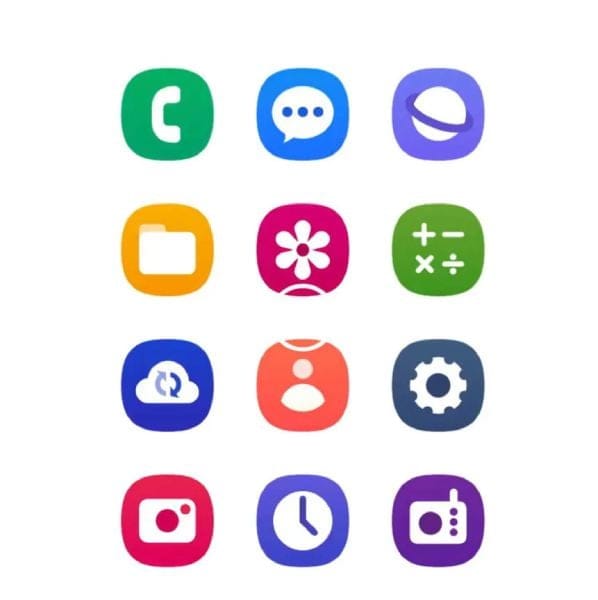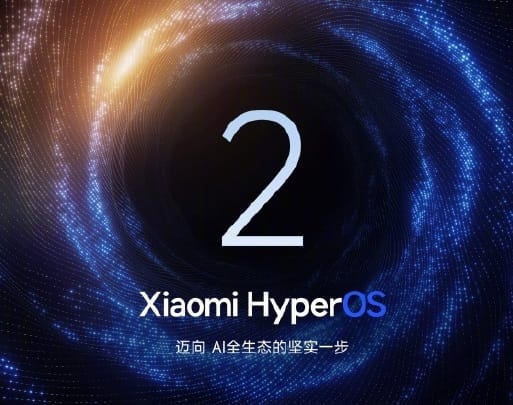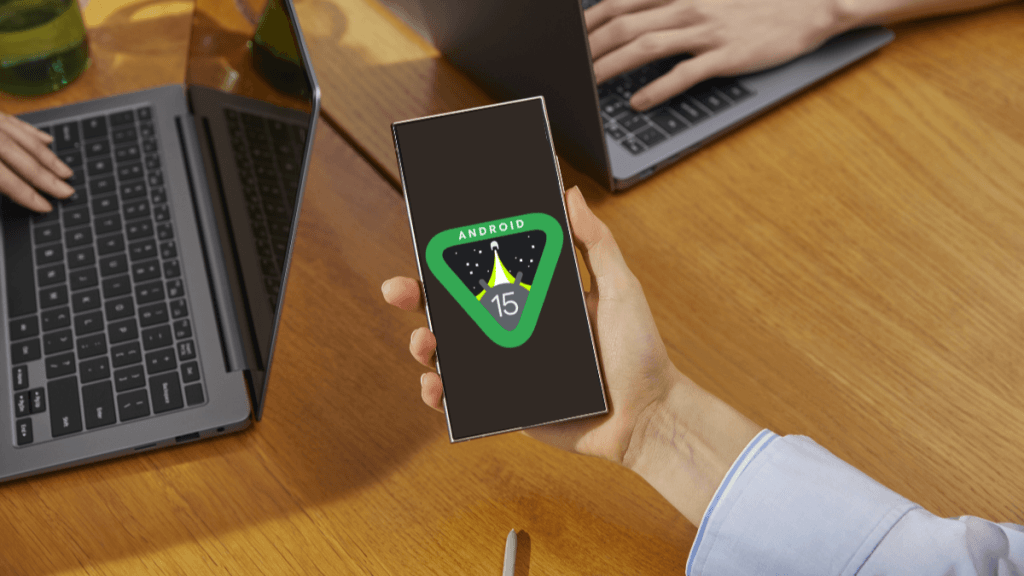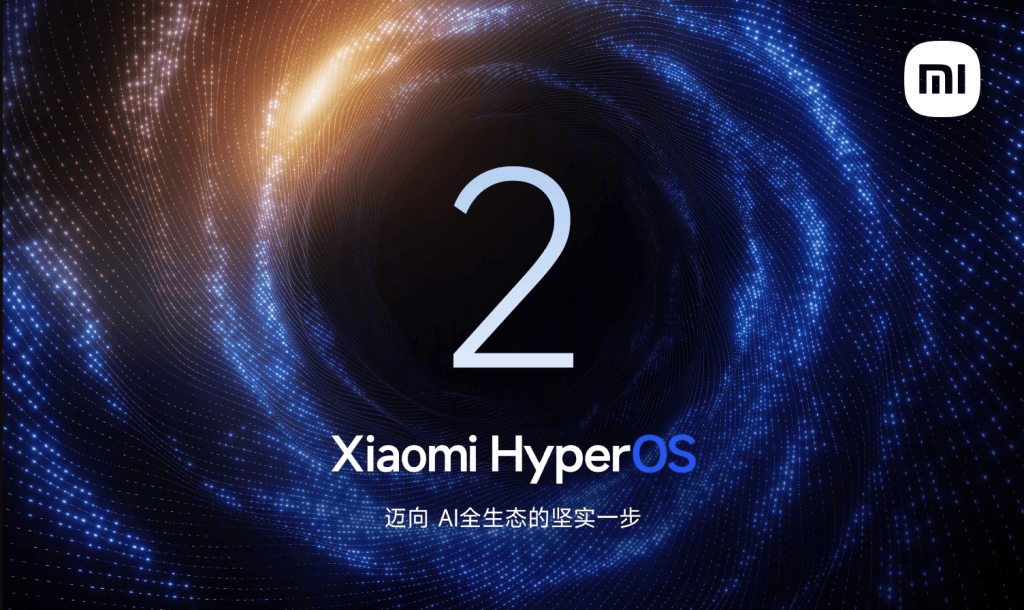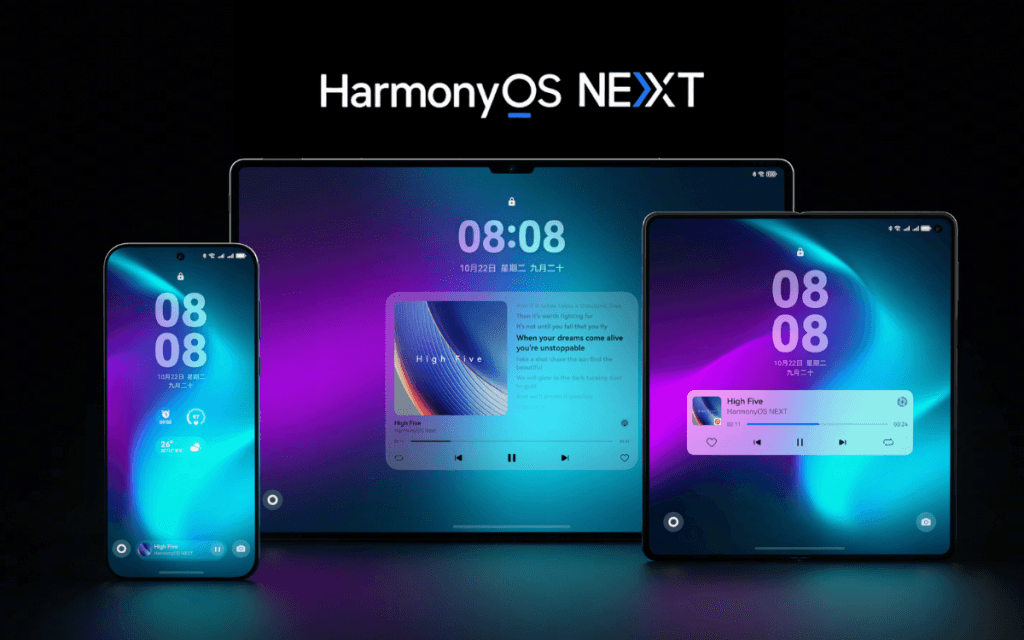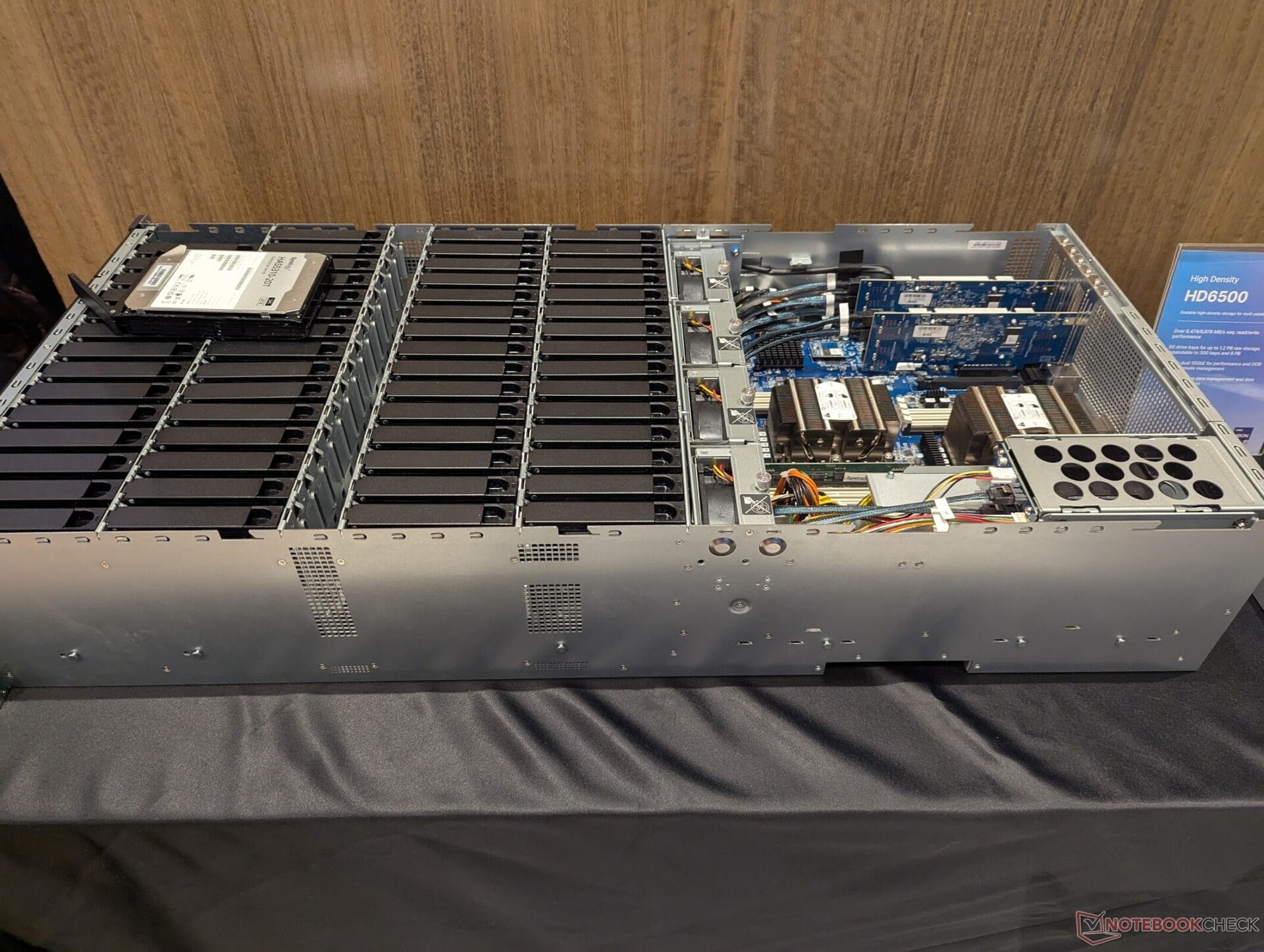XiaomiTime has revealed the rollout plan for the HyperOS 2 Global. This updated user interface aims to provide enhanced performance, an intuitive user experience, and advanced optimizations for devices. The rollout of HyperOS 2 Global will commence for select smartphones in the fourth quarter of 2024, with more devices to follow in the first quarter of 2025. Staying true to Xiaomi’s innovative vision, this update is set to deliver an experience brimming with cutting-edge features for its users.
Key Devices Receiving the Update
The Xiaomi 14 and Xiaomi 13T Pro are among the flagship devices that will receive the HyperOS 2 Global update in Q4 2024. These premium models will be the first to experience Xiaomi’s most sophisticated software, promising users the speed and smoothness of HyperOS 2. With the integration of Android 15 in HyperOS 2, these devices are expected to deliver top-notch performance through seamless software and hardware collaboration.
Additional Models in Q1 2025
In the first quarter of 2025, the HyperOS 2 Global will also be available for several other models, including the Xiaomi 14 Ultra, Xiaomi 14T Series, Xiaomi 13 / 13 Pro / 13 Ultra, Xiaomi 13T, as well as POCO F6 / F6 Pro, POCO X6 Pro 5G, and the Redmi Note 13 series (4G, Pro 5G, Pro+ 5G), along with Redmi 13 and Redmi 12. This extensive list underscores Xiaomi’s dedication to rapidly deploying innovative updates across a diverse array of products. The update is optimized for both flagship and mid-range devices, thus catering to a broader audience.
Innovations and Improvements
HyperOS 2 Global brings a host of new features. Notably, its enhanced Control Center allows for quicker and more customizable daily operations. Additionally, AI-enhanced camera functionalities have been fine-tuned for impressive photo and video quality, particularly on Xiaomi’s high-end offerings. These improvements ensure that devices operate more smoothly and effectively during everyday use.
Furthermore, better battery management and resource optimizations are standout features of HyperOS 2 Global. This new operating system promises extended battery life and improved performance, giving users the ability to use their devices for longer periods without interruptions. With this user interface, Xiaomi aims to bolster its competitiveness in the market by making a bold statement on the software front.

